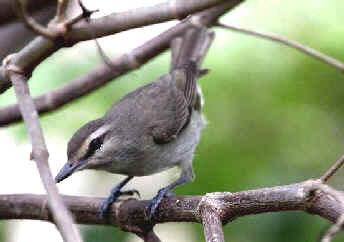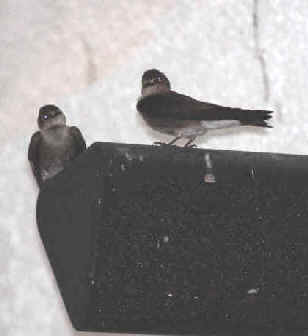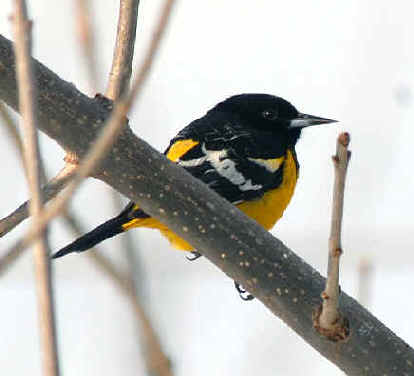
E-mail: font@focusonnature.com
Phone: Toll-free in USA 1-888-721-3555
or 302/529-1876
 |
PO Box 9021,
Wilmington, DE 19809, USA E-mail: font@focusonnature.com Phone: Toll-free in USA 1-888-721-3555 or 302/529-1876 |
 MEXICO
BIRDS
MEXICO
BIRDS
Manakins to Buntings
Followed by lists of Pelagics & Vagrants
those found during
Focus On
Nature Tours
noted with an (*)
Part 3 of a List of Mexico
Birds
compiled by Armas Hill
Links:
Mexico Birds, Part 1 of 3: Tinamous thru Shorebirds
Mexico
Birds, Part 2 of 3: Jaegers to Woodpeckers
Photo at upper right: NORTHERN ROYAL FLYCATCHER
Cumulatively, there have been 12 FONT birding & nature tours in Mexico.
Codes:
a globally threatened or rare species,
designated by Birdlife International.
(t1): critical (t2): endangered (t3): vulnerable
(nt): a near-threatened species globally.
(MXi): an introduced species in Mexico
(MXe): a species endemic to Mexico
(ph): species with a photo in the FONT website
In the list that follows, relating to sightings during FONT tours, the
Mexican region & the months are noted.
BC: in Baja California
CZ: on Cozumel Island
SN: in Sonora (a state in northwest Mexico)
YP: in the area of the Yucatan Peninsula
lower-case letters indicate that the species occurs in the region, but not found
(yet) during a FONT tour
The birds in the list below are coded as to their status IN MEXICO:
(MX1): endangered
(MX2): threatened
(MX3): of special concern (or near-threatened)
(ph): species with a photo in the FONT web-site
A fine book, "Jungle of the
Maya" has recently been published (in 2006) by the University of Texas
Press. In it, there some very good photographs of wildlife in Belize, and in
nearby Guatemala & Mexico. In the following lists, pages in that book with
photos of particular species are referred to with a (p. xx)
Links:
Upcoming FONT Birding & Nature Tours in Mexico & Central America
Birds of Cozumel Island, Mexico Birds of Sonora, Mexico
Birds of the Yucatan region of Mexico
Mammals of Mexico (with some photos)
Amphibians & Reptiles of Mexico (with some photos)
Butterflies of Mexico (with some photos)
Directory of Photos in this Website
Bird-List:










































































![]()